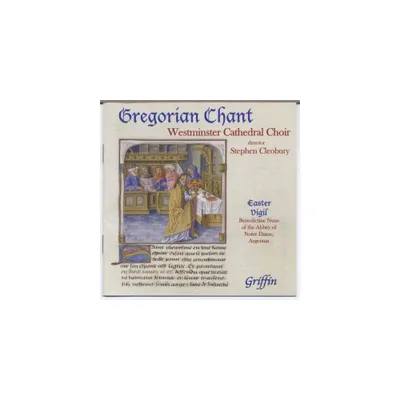Home
Decadent Enchantments: The Revival of Gregorian Chant at Solesmes / Edition 1
Loading Inventory...
Barnes and Noble
Decadent Enchantments: The Revival of Gregorian Chant at Solesmes / Edition 1
Current price: $57.95


Barnes and Noble
Decadent Enchantments: The Revival of Gregorian Chant at Solesmes / Edition 1
Current price: $57.95
Loading Inventory...
Size: OS
*Product Information may vary - to confirm product availability, pricing, and additional information please contact Barnes and Noble
The oldest written tradition of European music, the art we know as Gregorian chant, is seen from an entirely new perspective in Katherine Bergeron's engaging and literate study. Bergeron traces the history of the Gregorian revival from its Romantic origins in a community of French monks at Solesmes, whose founder hoped to rebuild the moral foundation of French culture on the ruins of the Benedictine order. She draws out the parallels between this longing for a lost liturgy and the postrevolutionary quest for lost monuments that fueled the French Gothic revival, a quest that produced the modern concept of "restoration."
Bergeron follows the technological development of the Gregorian restoration over a seventy-year period as it passed from the private performances of a monastic choir into the public commodities of printed books, photographs, and Gramophone records. She discusses such issues as architectural restoration, the modern history of typography, the uncanny power of the photographic image, and the authority of recorded sound. She also shows the extent to which different media shaped the modern image of the ancient repertory, an image that gave rise to conflicting notions not only of musical performance but of the very idea of music history.
Bergeron follows the technological development of the Gregorian restoration over a seventy-year period as it passed from the private performances of a monastic choir into the public commodities of printed books, photographs, and Gramophone records. She discusses such issues as architectural restoration, the modern history of typography, the uncanny power of the photographic image, and the authority of recorded sound. She also shows the extent to which different media shaped the modern image of the ancient repertory, an image that gave rise to conflicting notions not only of musical performance but of the very idea of music history.


















